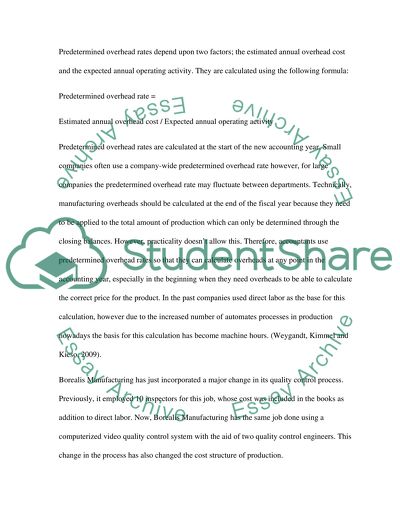Manufacturing Overhead Paper Assignment Example | Topics and Well Written Essays - 750 words. Retrieved from https://studentshare.org/finance-accounting/1455354-manufacturing-overhead
Manufacturing Overhead Paper Assignment Example | Topics and Well Written Essays - 750 Words. https://studentshare.org/finance-accounting/1455354-manufacturing-overhead.


